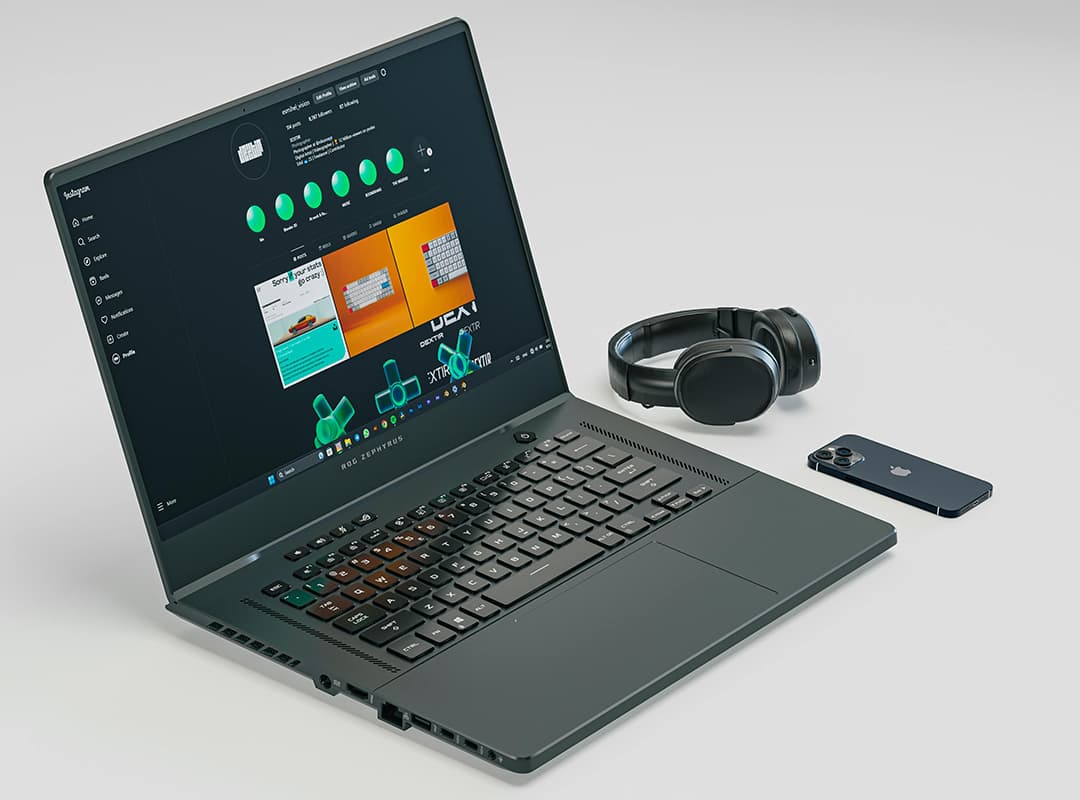The field of 3D visualization is rapidly evolving, thanks to the integration of artificial intelligence (AI) and augmented reality (AR). These technologies are reshaping how we interact with digital spaces, with applications spanning industries from gaming and real estate to education and retail. The demand for high-quality, immersive 3D viewers is growing, and AI and AR innovations are helping push these tools to new frontiers. This article explores the future of 3D viewers, focusing on how AI and AR will transform these tools, with a special emphasis on virtual tour 3D software.
The Role of Artificial Intelligence in 3D Viewing
AI is set to revolutionize 3D visualization in multiple ways, particularly through enhancements in image processing, user interaction, and automated content generation.
- Enhanced Image Recognition and Object Detection
AI’s ability to recognize and interpret objects within a scene is crucial for creating intuitive and responsive 3D viewers. Machine learning algorithms can analyze 3D images, recognizing features like shapes, textures, and lighting conditions, to optimize rendering quality automatically. This means 3D viewers can produce higher-quality visuals more efficiently, making experiences like virtual tours in 3D software smoother and more immersive. - Automated Scene Generation
One of the most promising applications of AI in 3D visualization is the ability to automatically generate scenes. AI algorithms can analyze a single photo and, using contextual information, reconstruct an entire 3D model. For instance, in the real estate industry, this can make creating virtual home tours faster and more accurate. AI-powered virtual tour 3D software can reconstruct floor plans and place furniture automatically, allowing users to explore spaces in lifelike environments without needing to manually build every detail. - Predictive Personalization and Adaptive Learning
AI algorithms can learn user preferences and adapt 3D viewing experiences accordingly. If a user prefers certain angles, lighting, or zoom levels, the AI can tailor the visuals in real-time, enhancing the experience. In a virtual art gallery, for instance, the 3D viewer could adapt to each user’s interests, suggesting related works and providing extra information on artworks that seem to hold their attention.
Augmented Reality: Expanding Boundaries of Interaction
The integration of AR into 3D viewers is another game-changer. By overlaying digital information onto the real world, AR-powered 3D viewers allow users to interact with virtual objects in a physical context, which opens up exciting possibilities.
- Interactive Virtual Tours
AR takes virtual tour 3D software to a new level, allowing users to immerse themselves fully in a physical space while interacting with digital content. Imagine a virtual museum tour where users can point their devices at exhibits to access 3D models, background information, or even interactive animations. This interactive capability enhances learning experiences and makes tours much more engaging and informative. - Remote Visualization for Real Estate and Retail
AR applications in 3D viewers are also making a significant impact in real estate and retail. Potential homebuyers can take virtual tours of properties and even see how their furniture would fit within spaces—all from the comfort of their own homes. AR-enabled 3D viewers overlay furniture and decor within an actual room, helping users visualize spaces and make informed decisions without needing to be physically present. - Enhanced Education and Training
Educational institutions and businesses alike can benefit from AR-powered 3D viewers in their training programs. Medical students, for example, can use AR viewers to visualize anatomical models, dissecting virtual bodies in a way that closely resembles a physical dissection. Businesses can use AR in training programs, offering employees realistic simulations that prepare them for real-world tasks.
Future Innovations: AI and AR Integration in 3D Viewing
As AI and AR technologies continue to advance, we can expect the future of 3D viewers to offer seamless integration of real-world and virtual experiences. The combination of AI-powered automation and AR interactivity will drive even more innovation, allowing users to manipulate 3D content in real-time and immerse themselves in environments like never before.
In the near future, we may see AI-driven virtual tour 3D software capable of generating entire AR-guided walkthroughs, where viewers can interact with both the virtual and physical world. This will open up endless possibilities, from virtual travel experiences to highly personalized online shopping journeys.
The future of 3D viewers is bright, with artificial intelligence and augmented reality offering transformative potential across a variety of fields. AI will make 3D rendering smarter and faster, while AR will make virtual spaces more interactive and tangible. Whether you’re taking a virtual tour of a historic site in 3D software or using AR to test furniture in your living room, the next generation of 3D viewers will make digital interactions more immersive, informative, and engaging than ever before. The possibilities are endless, and as these technologies evolve, the boundaries between the real and digital worlds will continue to blur, creating unprecedented opportunities for exploration and learning.
